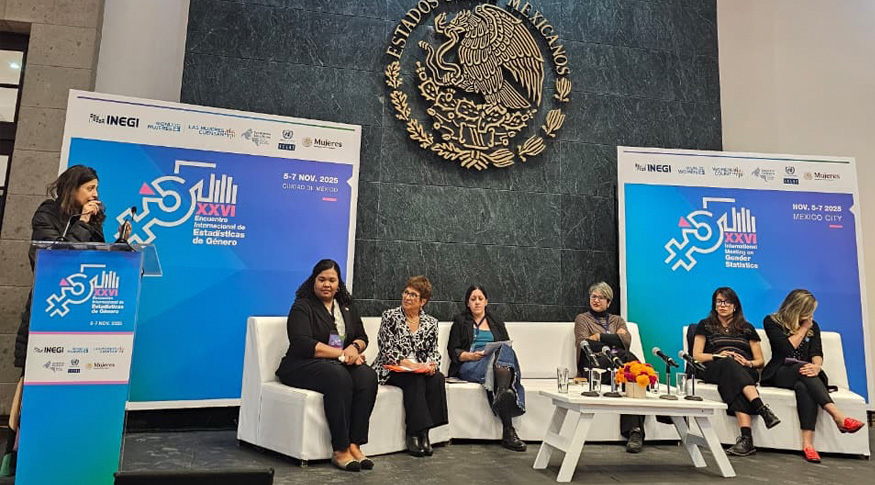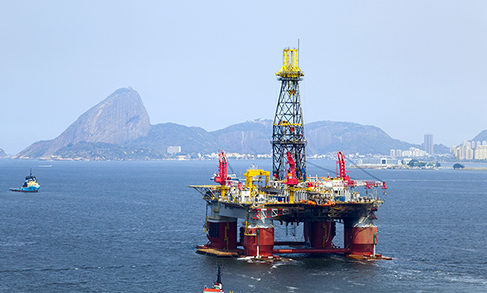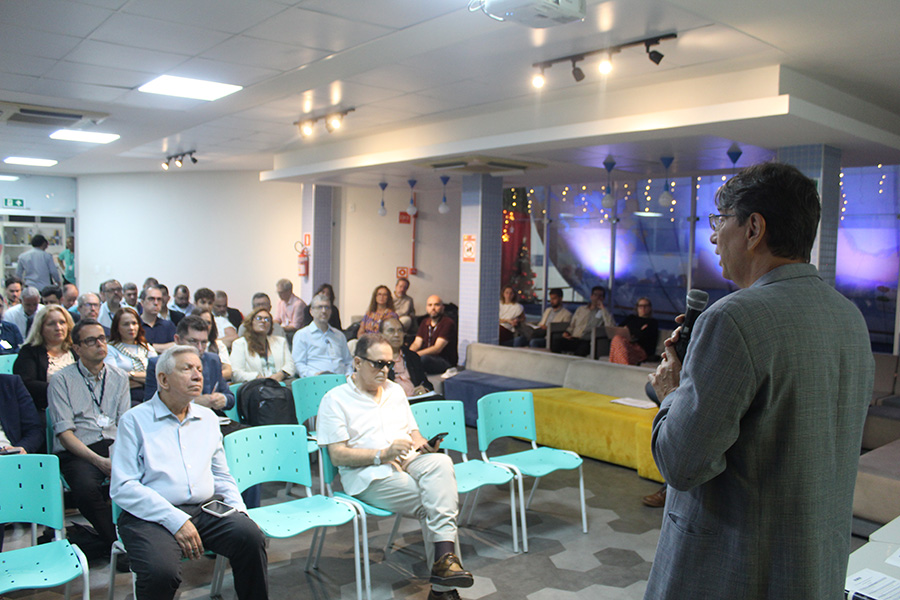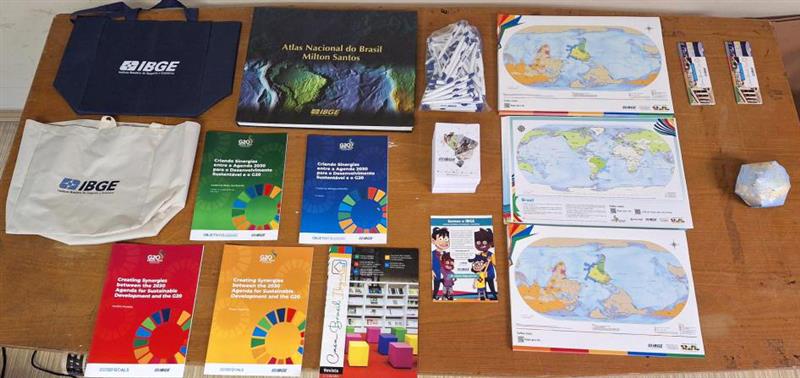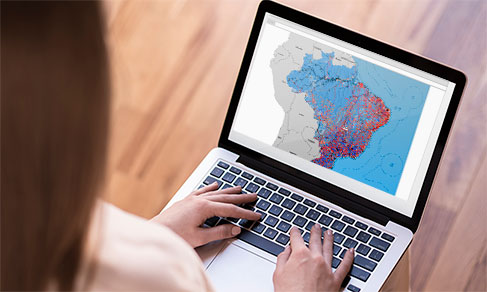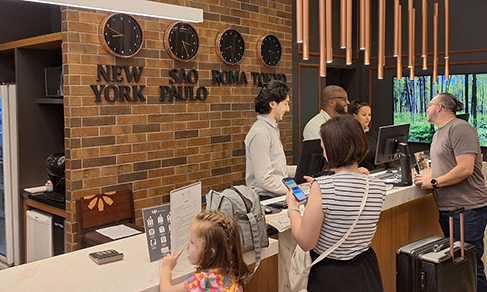Cerrado in São Paulo concentrates 1/3 of crop area of sugarcane in Brazil
December 22, 2017 10h00 AM | Last Updated: December 26, 2017 12h22 PM
A powerful product of the Brazilian economy in the colonial period, sugarcane is present today in the entire national territory, from small rural producers to sugar and fuel industries. Despite the national presence, the Cerrado in São Paulo concentrates 1/3 of the crop area of sugarcane in Brazil.
This is shown in the The Geography of Sugarcane publication, released today by the IBGE. It analyzes the territorial dynamics of this product from studies of the sources of inputs and agricultural machines, crop areas, distribution of sugarcane and derivatives and places of industrial processing and trading.
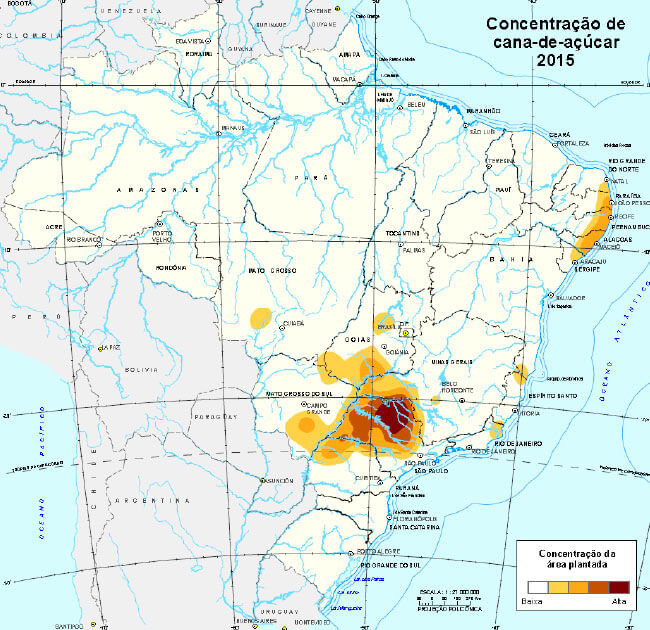
Over time, sugarcane plantations expanded from the traditional cropping areas in the northeastern shoreline and north of Rio de Janeiro towards the plateaus of the Paraná River, including the Minas Gerais Triangle, the center-south of Goiás and the south of Mato Grosso do Sul. Like in São Paulo, the production cycle is highly mechanized in every area.
"On the other hand, small producers still produce according to colonial techniques. Like, for example, the producers of brown sugar. Panela and molasses are other products that use colonial techniques", highlights Daiane de Paula Ciriaco, geographer of the IBGE.
Sugarcane connects different places
There should not be a very long distance between the planted area and processing area. Because, once harvested, sugarcane needs to be quickly processed. "We checked that the distribution networks of sugarcane are relatively short, covering an average distance of 70 km (from plantation to plant)", says André Luiz Ferreira, geographer of the IBGE.
In relation to the inputs – for example, machinery and manure –, it happens otherwise. In general, those municipalities that centralize the production of inputs – like São Paulo, Cubatão and Recife – are far from the areas that produce sugarcane.
The trading of sugarcane derivative products also connects places. "Ethanol and gasoline produced by large plants are mostly focused on the Brazilian consumption. Sugar, on its turn, links Brazil with other countries through exports. The mapping of the connection, from the Brazilian port to international ports, is an innovation of this work. Another connection is that between the Brazilian municipalities that deliver sugar to the ports", explains Diogo Cabral, geographer of the IBGE.
Text: Marcelo Benedicto and Marina Cardoso (trainee)
Photograph: Pexels


